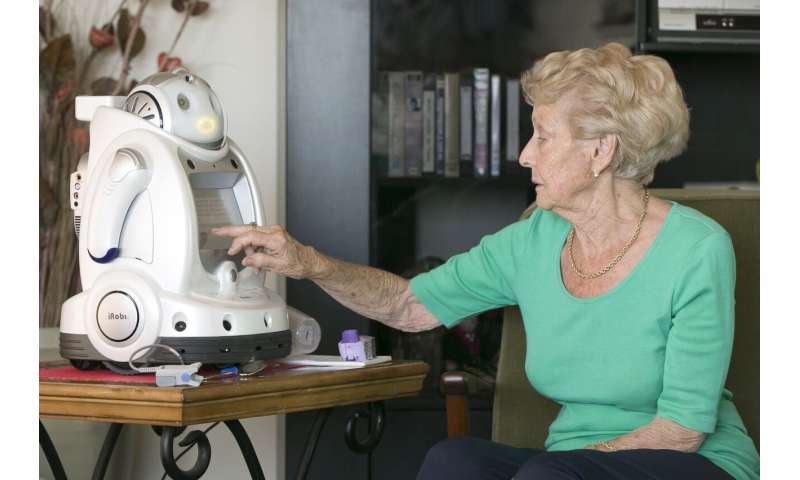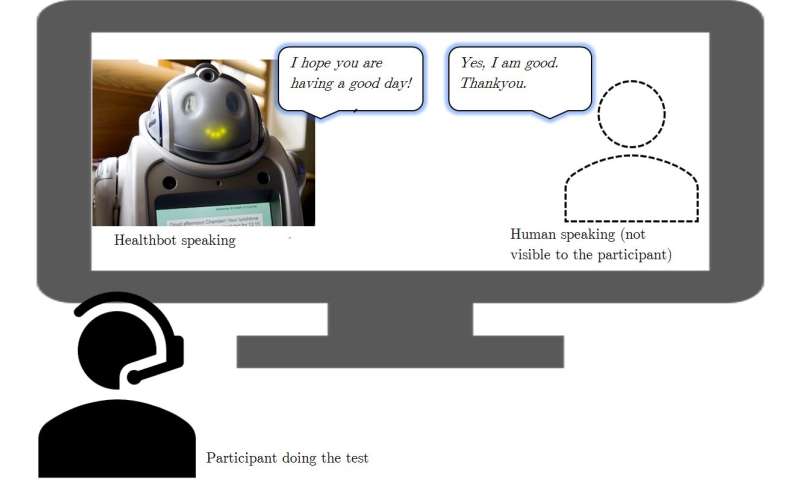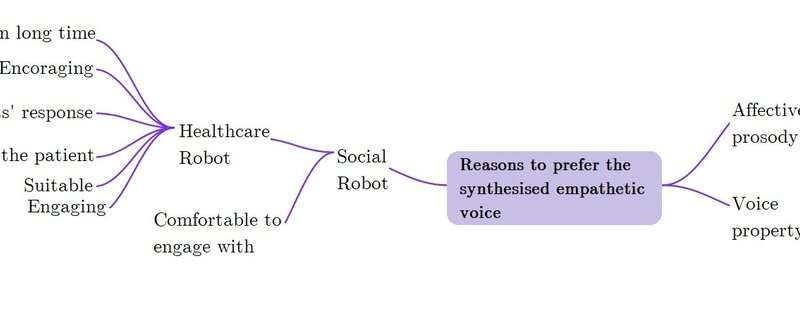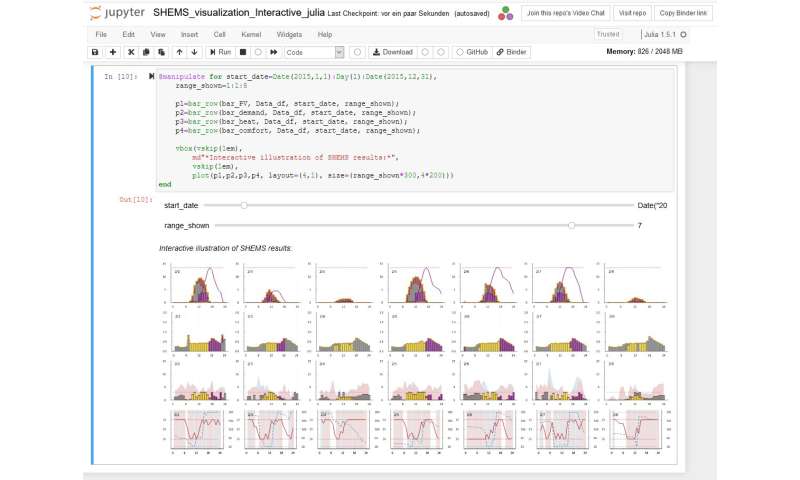by Indiana University

An examination of racial differences in the disciplining of police officers in three of the largest U.S. cities consistently found that Black officers were more frequently disciplined for misconduct than White officers, despite an essentially equal number of allegations being leveled. This included allegations of severe misconduct.
"We found a consistent pattern of racial differences in the formal recording of disciplinary actions in three different major metropolitan cities: Chicago, Philadelphia and Los Angeles," wrote a group of six management professors at the Indiana University Kelley School of Business. "Our results showed that Black officers were more likely to have recorded cases of misconduct, despite there being no difference between Black and white officers in the number of allegations made against them.
"It is impossible to know whether these differences are due to racial bias versus some other unmeasured factors. However, it is noteworthy that the pattern of results is in line with what theories of racial bias would predict and with evidence of racial disparities in punishment in other settings.
Authors of the article, "The Race Discipline Gap: A Cautionary Note on Archival Measures of Behavioral Misconduct," are Sheri Walter, Eric Gonzalez-Mulé, Cristiano Guarana, Ernest O'Boyle Jr., Chris Berry and Tim Baldwin. All are in Kelley's Department of Management and Entrepreneurship. The article is forthcoming in the journal Organizational Behavior and Human Decision Processes.
Using archival data, they found that Black officers in Chicago were disciplined at a 105 percent higher rate than white officers. In Philadelphia, Black officers were 48 percent more likely than white officers to have been disciplined. Allegations of misconduct include lack of service and verbal or physical assault.
After controlling for the number of allegations of misconduct, they found that Black officers were disciplined at an even higher rate—132 percent more often than white officers.
"Just as organizational leaders have implemented policies and procedures to mitigate adverse impact in hiring, they may need to implement checks to ensure that there is no adverse impact in the detection and enforcing of organizational misconduct," the Kelley professors wrote. "Just as bias by police against citizens has been very slow to change, it is likely that any bias within police departments has also been slow to change."
The professors analyzed archival information from the Citizens Police Data Project, which features information collected by the Chicago Police Department from 2001 to 2008 and 2011 to 2015, as well as administrative records from the Philadelphia Police Department from 1991 to 1998.
They also used data collected by the Analysis Group for the City of Los Angeles in 2003 and 2004 to assess whether there are race differences in the number of allegations made against officers. The results of their analysis of data from Chicago and Los Angeles found no differences in allegations between Black and white officers. Results were mixed for Hispanic and Asian officers.
The purpose of the study was to examine the use of archival organizational records as measures of behavioral misconduct. Given prior studies that Black people are more likely to be arrested, receive longer prison sentences and be suspended from school, the researchers set out to study whether Black employees—when compared to white employees—were subject to systematic differences in the documentation of misconduct.
"Similar to the issues facing the criminal justice and education systems, where racial disparities in punishment are well-documented, organizations face a difficult challenge in detecting and enforcing misconduct," researchers wrote. "Even when organizations adopt seemingly objective policies for addressing misconduct, it is still possible for certain groups to be disproportionately accused of misconduct and/or disciplined.
Explore further
More information: Sheryl L. Walter et al, The race discipline gap: A cautionary note on archival measures of behavioral misconduct, Organizational Behavior and Human Decision Processes (2020). DOI: 10.1016/j.obhdp.2020.03.010
Provided by Indiana University























